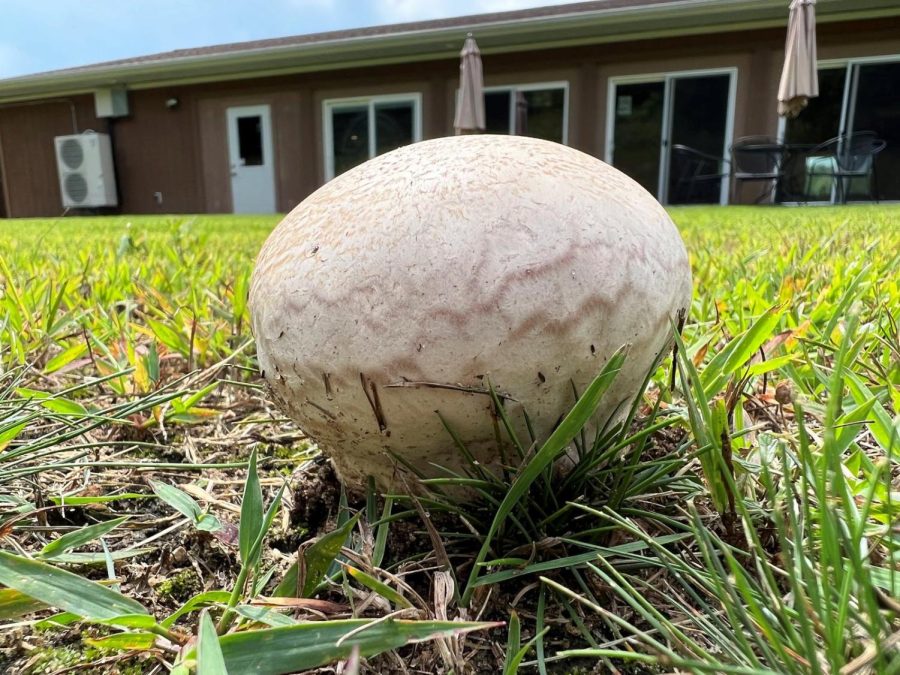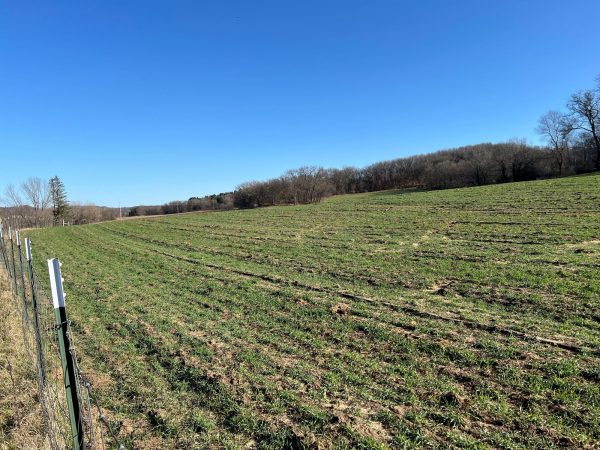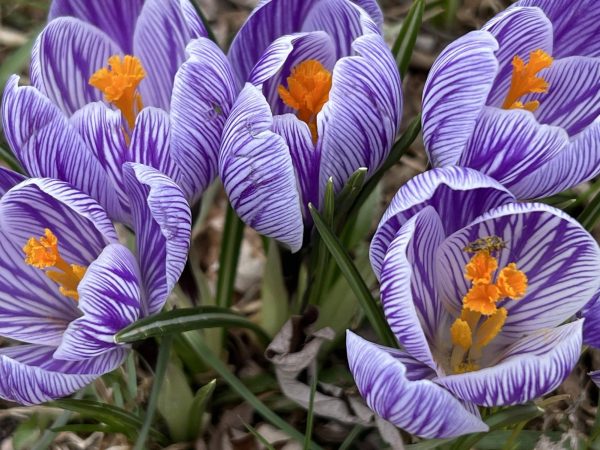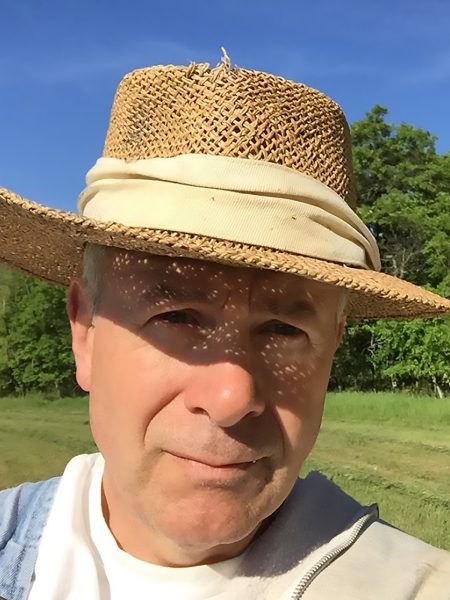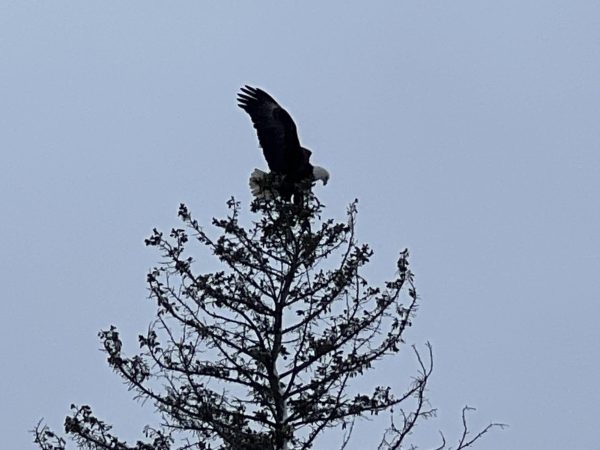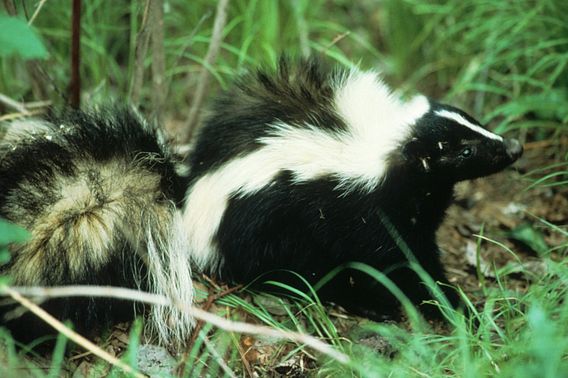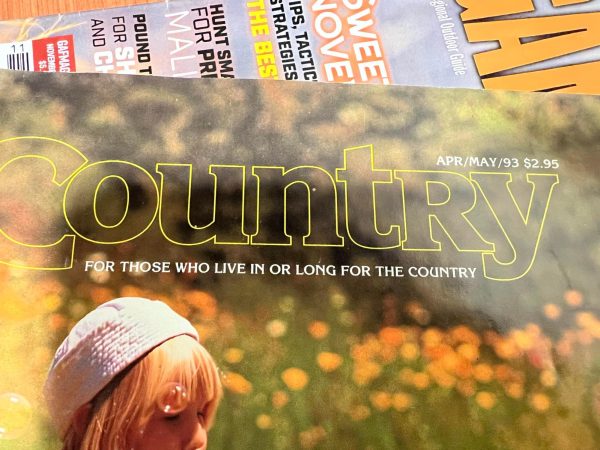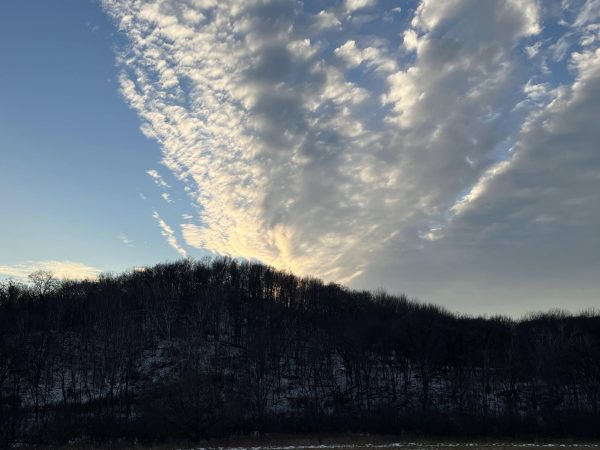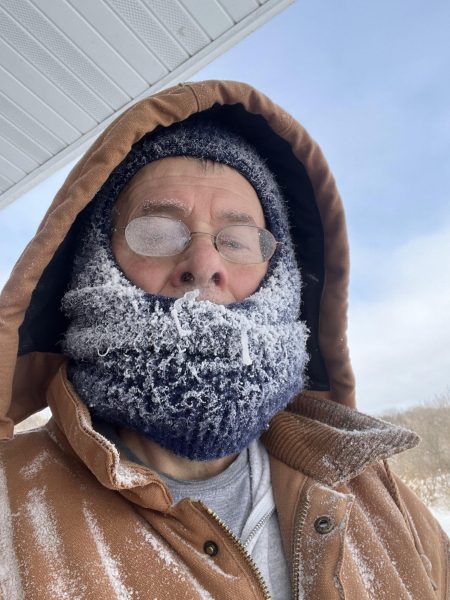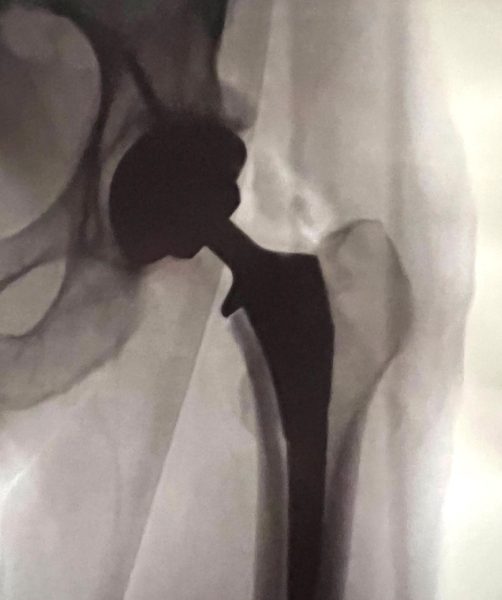Threads of late summer
September 5, 2022
Even in a divisive world that will become even more so between now and the November election, there’s always room for a little kindness.
After writing about the recent death of our beloved Labrador dog Nessie, I have received cards, emails and calls from caring folks around the state. While we may be bitterly divided on some issues, our love of dogs and their impact on our lives is refreshingly bipartisan.
Lori Schey of Waterloo, WI said last September they got a new chocolate named Mollie to help them with the transition of their older lab Murphy, who would have been 12 in October. The two bonded quickly.
Murphy had severe arthritis and had to be put down in June. Schey said their veterinarian came to the house and she wanted Mollie to be there.
“I was afraid she’d go into depression and stop eating,” Schey said. “Three minutes after Murphy’s heart stopped, she walked over and kissed him on his lips – her way of saying goodbye.”
Schey said Mollie – like our Nessie – loves playing with frisbees. “I was laughing through my tears reading your story and had to thank you for sharing your experience.”
Kim Turney of Watertown, WI shared:
“Chris and Sherry, you have broken my heart. My sincere sympathy on the loss of Nessie. We know this all too well, yet we are thankful for the years we were given.”
Julie Baker of La Crosse, WI wrote:
“What a touching and heartfelt tribute to your Nessie. I just wanted to tell you how much your story touched my heart.”
MaryAnn Lippert of Pittsville, WI offered her condolences after having to do the same with her dog in March.
“We lost our first dog when our youngest child was in junior high,” Lippert said. “She asked our priest if pets will be in heaven. He answered that God will give us full happiness in heaven, and yes, her dog is there waiting for her.”
A sincere thank you to these good folks and the many others who took a moment to share a kind word. It meant a lot to both Sherry and me.
Remembering party lines
I also heard from readers responding to another column I wrote about growing up with a telephone party line.
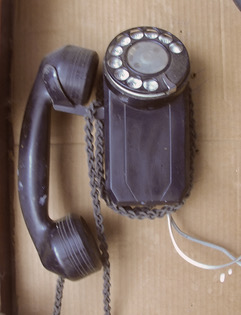
Ron Haag of La Crosse said their family had a two-party line shared with a neighbor – even though his father worked for La Crosse Telephone.
“But just because Dad worked for the one and only phone company didn’t mean he had the inside track getting a private line,” Haag said.
Haag said his father joined the phone company in 1940 when customers still used hand-cranked magneto wall phones to ring the local operator who patched the caller through.
Dial service began in 1950 and touch-tone service was offered in 1975, said Haag, who followed his father into the phone business as an employee with what was now part of Century Telephone.
Haag still has an old rotary dial phone in his garage still in use.
And Haag has no worries about upgrading to the latest smartphone. The only cell phone he has is an analog bag phone from the late 1980s that no longer works with today’s digital format.
Whether it’s email, texts, calls or old-fashioned letters – I love connecting with readers.
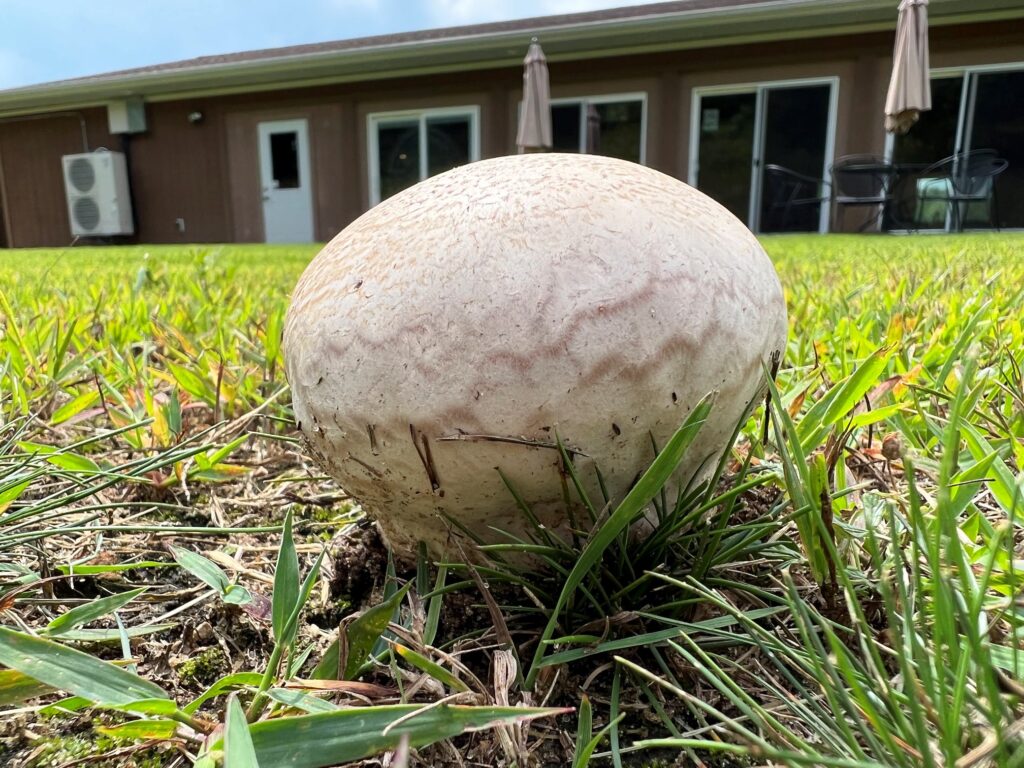
Summer is rushing by and to paraphrase the lyrics of my favorite male rock vocalist Bob Seger, autumn’s closing in.
The shorter days and foggy mornings are evidence enough that the sun continues its equatorial descent, but there are other signs in nature. Like the appearance of puffballs.
Puffballs can be as small as marbles to as large as basketballs. They are frequent during the late summer and fall and are showing up in our yard. The surfaces are sometimes smooth or covered with bumps or spikes. They look like balls because they don’t have a stem, like other mushrooms.
Giant puffballs from the genus Calvatia are filled with spores. The ripe mushroom can contain as many as seven trillion spores that erupt with a puff of fungal smoke when it bursts open — either naturally or with a kick.
The dry spores are supposedly effective as a coagulant. The entire Milwaukee Brewers baseball team should bathe in the spores to stop their late-season bleeding.
Puffballs are actually edible — if they are completely white and don’t have any gills inside. They are part of the 30 mushrooms that grow wild in the Wisconsin woods that are edible, according to the Wisconsin Mycological Society.
While many take to the woods in the spring for the popular morel mushrooms, autumn is actually the better season for fungi like honey, oyster, bearded/combs tooth, sulfur shelf, hen of the woods, shaggy mane and chanterelle.
I know many of these fungi grow on our farm, but I am somewhat flummoxed by the fall fungi foraging — even with detailed photos and descriptions found on the internet. There are experienced foragers who can point out the differences.
The Wisconsin Mycology Society offers guided forays throughout the fall. Check them out at https://www.wisconsinmycologicalsociety.org/events.html
Another sign of warm days and cool nights is the morning appearance in the yard of dollar spot fungus. The branching mycelium of dollar spot fungus looks like spider webs or cobwebs on morning grass, but disappears when the dew dries.
Poor soil and poor lawn maintenance is the cause, which starts as small brown spots the size of dollar coins, hence the name. Apparently, I am rich with poor soil because many of our dollar spots are the size of legal papers.
It has been a challenging summer for our yard and garden with several weeks of dryness that was alleviated by some recent rains. Good thing we’re not relying on our vegetable harvest to sustain us through the winter.
The hummingbirds have certainly put on a show for us this summer. Until recently we were filling our three feeders almost daily and we enjoy watching the dive-bombing aerial show.
In a few weeks, the hummingbirds will begin their seasonal departure south.
Males typically leave earlier, so they can stake the best seats for the upcoming football season. The females and the young will fend for themselves before joining them.
Christians sometimes associate hummingbirds with the resurrection, sleeping still overnight like death before resuming its boundless energy at dawn; a messenger from heaven.
Native Americans believe the birds are a symbol of luck, devotion, permanence and the cycle of life.
In a few weeks it will be fall.
The cycle of life turns.
Chris Hardie spent more than 30 years as a reporter, editor and publisher. He was nominated for a Pulitzer Prize and won dozens of state and national journalism awards. He is a former president of the Wisconsin Newspaper Association. Contact him at [email protected].

